The term “heart openers” and “backbends” are frequently heard in the yoga community. Another popular epitaph revolves around how the practice of yoga will help to “open your heart” – emotionally, as well as, physically.
Physically through postures like Urdhva Dhanurasana (Wheel Pose), Setu Bandhasana Sarvanghasana (Bridge Pose), Ustrasana (Camel Pose), Shalambhasana (Locust Pose) (I could go on and on) we begin to create more space through the: chest (pectoral muscles), shoulders, abdomen, the psoas, hip flexors, quads, as well as increase our spinal mobility. There can be a large emotional release that is associated with opening these areas of the front body that protect our vital organs and are associated with our “fight or flight” response. In additional, there is often a surge of energy the comes after we open the fronts of our bodies in such expansive ways. Hence, the pause that is often offered in classes after a backbend or after a backhanding series.
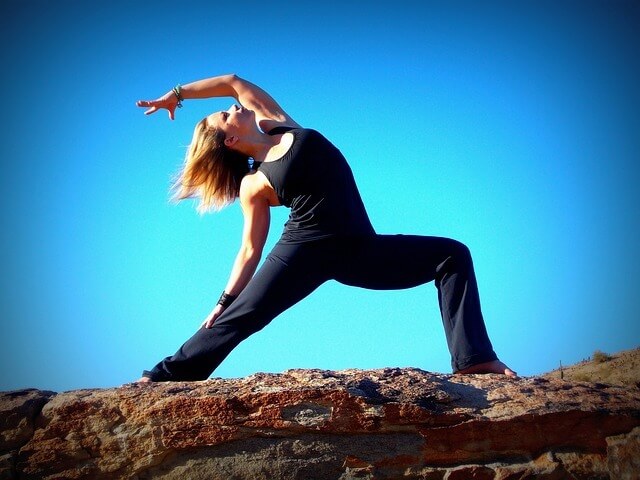
The above are all beautiful postures that really create a sense of space in the front of bodies, both in and around our hearts. This is an area due to lifestyle and patterns movement that can become quite restricted, think: sitting, working on a computer, texting, screen time, really just living. Related to and exacerbating our patterned behaviour is our anatomy. As mentioned our heart and other vital organs are protected by the ribcage, which makes sense as we need those organs to survive, however, the presence of the ribcage also means that the thoracic region of the spine generally has less mobility then our low back or lumbar area of our spine, which is ribcage free.
I am sure that we have all had the experience of going into a backbend or heart opener and unintentionally compressing our low back, or even mid-back. This can often feel like low back discomfort or pain when we come out of the pose, prompting us to pull our knees into our chest (topic for another blog post). For the mid-back (thoracic area) tightness or gripping of the muscles around the ribcage while in the pose itself. Both are a literally jamming of the back body.
This low and mid-back compression comes from overly restricting the back of the body in our effort to create expansion in the front of our bodies. A heart-opener or backbend is what we call spinal extension, versus the opposite movement which is called spinal flexion which would be in a pose like “Cat” or “Rabbit.” These flexion poses are far less common and less focused on in the general practice of yoga postures, you may focus on them which is great, but in general, they are not focused on that much. However, flexion postures do for the back body what extension postures (backbends) due for the front body.
In tantric philosophy the front body is considered to be the Shakti Body, the way that we face the world, the masks that we may wear and the way that we can hide through the way that we literally and figuratively dress ourselves up to face the world outside. The back body is considered to be the Shiva Body, the shadow side, the way that we hide, but perhaps in a different way, literally tucked behind us. Why is this important. If we spend all of our time opening the front of our body, removing the masks, but not addressing what is happening in the back of our bodies, our shadow, our darkness, essentially they why behind the wearing of the masks, where does that leave us?
To answer a little more of the physical/anatomical portion of the question check out this YouTube video with Bonnie Bainbridge Cohen who presents and describes the “back of the heart” and what happens in your typical backbend:
It also tends to feel a lot better, i.e. no compression. The downside is that for those of us who are wanting to “achieve” the BIG backbend it might take a little longer to get there as we learn to navigate the waters of the back of the heart, which can be from personal experience and I am sure you would agree a little more complex than the front of the heart, not to say that our front facing heart is any less complex just a little more visible and accessible.
So before you go into your next backbend maybe spend some time release the back of the heart, the area of the thorax, deep breath, and doing some side body awakening to see how this changes your experience of a familiar posture.
See you on the mat <3

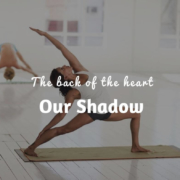

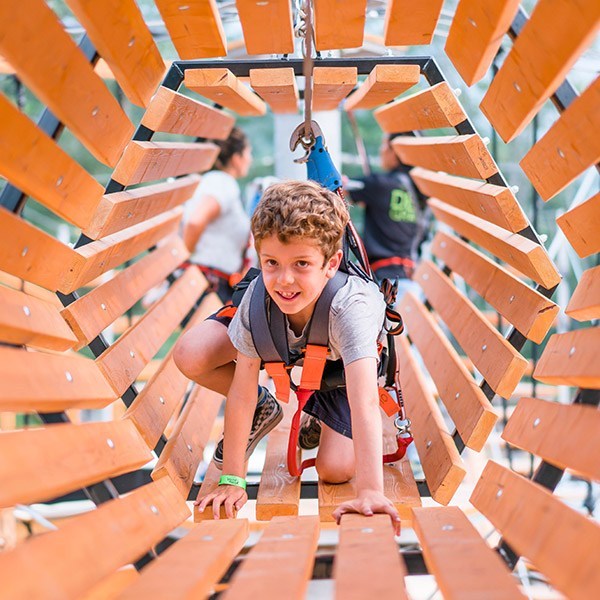
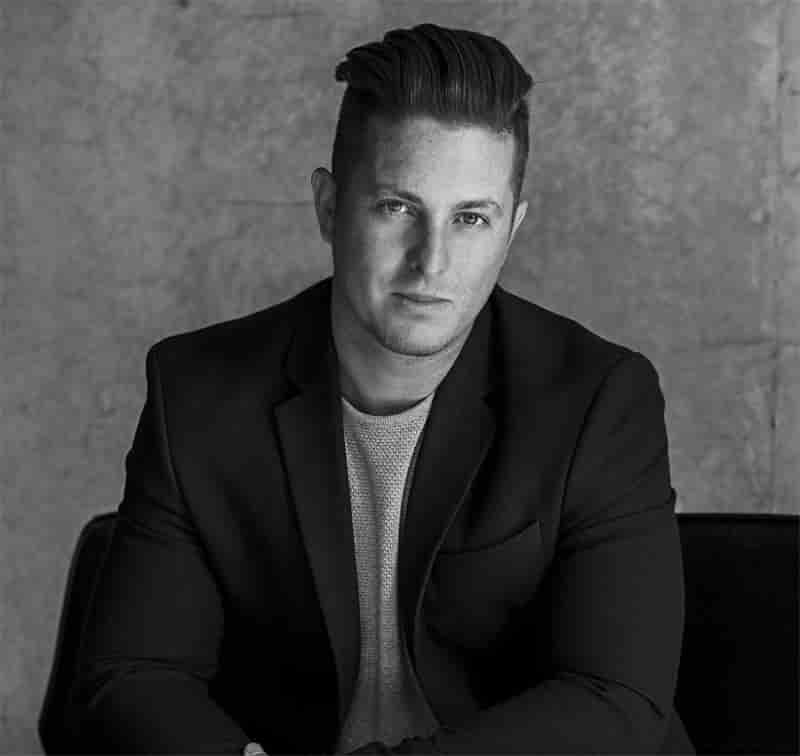

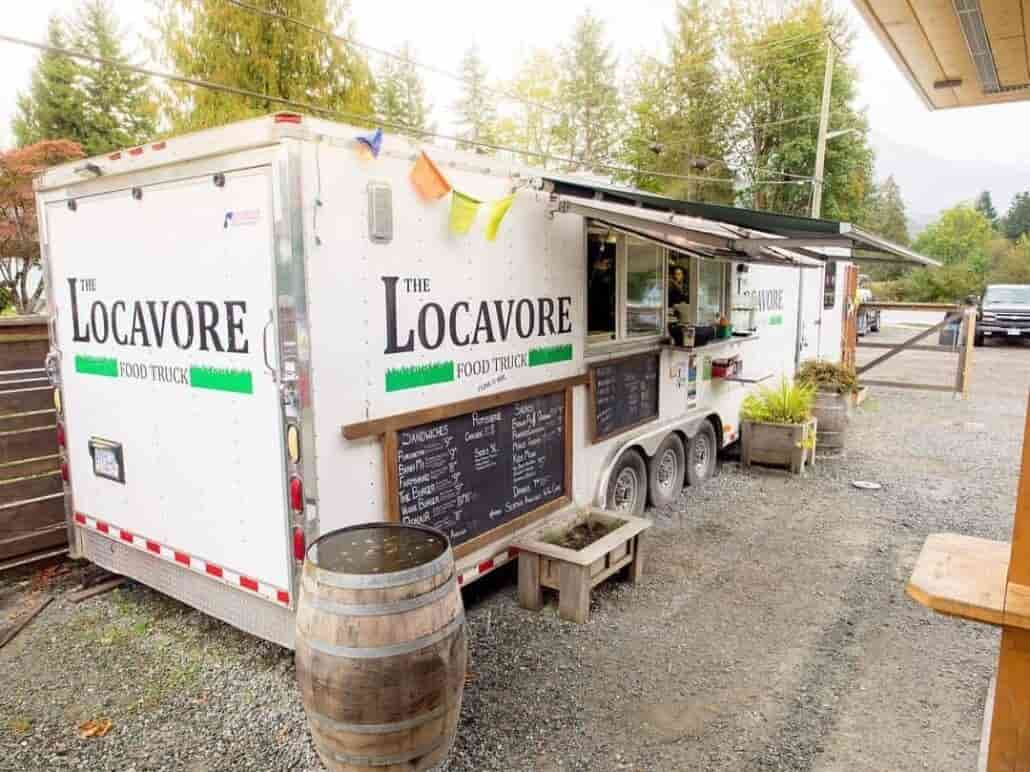


Leave a Reply
Want to join the discussion?Feel free to contribute!